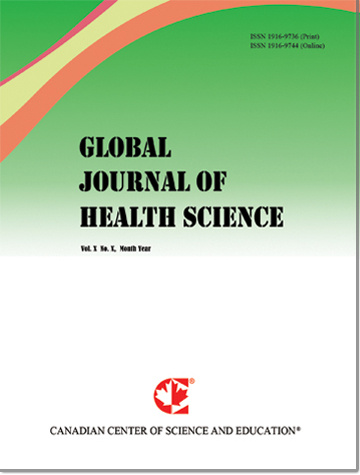Changes in Dental Care Utilization and Barriers among Mexican Americans: Evidence from NHANES III and 2011-2020
- Chengming Han
- Nan Zhou
Abstract
OBJECTIVE: This study examines trends and factors influencing dental care utilization among Mexican Americans from 1988 to 2020.
METHODS: Data from the National Health and Nutrition Examination Survey (NHANES) III and 2011-2020 were analyzed using logistic regression to assess the impact of immigrant status and socioeconomic status on dental visits among Mexican Americans. Slope tests were applied to examine the different patterns across cohorts.
RESULTS: Compared to NHANES III, the 2011-2020 waves showed a decrease in the proportion of irregular dentist visits (from 0.67 to 0.54) and an increase in foreign-born status (0.46 to 0.57) and college education (0.19 to 0.33). The 2011-2020 sample was also older than that of NHANES III. Regression analyses revealed that speaking Spanish was associated with higher odds of irregular dentist visits, while higher education, family income, and health insurance were associated with lower odds of irregular dentist visits. The protective effect of foreign-born status on dental care utilization has increased over time, while the protective effects of college education and higher family income have diminished.
POLICY IMPLICATIONS: Expanding language services and increasing health insurance coverage are critical to addressing barriers to dental care for Mexican Americans.
- Full Text:
 PDF
PDF
- DOI:10.5539/gjhs.v17n2p10
Journal Metrics
- h-index: 88 (The data was calculated based on Google Scholar Citations)
- i10-index: 464
- WJCI (2022): 0.897
- WJCI Impact Factor: 0.306
Index
- Academic Journals Database
- BASE (Bielefeld Academic Search Engine)
- CNKI Scholar
- Copyright Clearance Center
- Elektronische Zeitschriftenbibliothek (EZB)
- Excellence in Research for Australia (ERA)
- Genamics JournalSeek
- GHJournalSearch
- Google Scholar
- Harvard Library
- Index Copernicus
- Jisc Library Hub Discover
- JournalTOCs
- LIVIVO (ZB MED)
- MIAR
- PKP Open Archives Harvester
- Publons
- Qualis/CAPES
- ResearchGate
- ROAD
- SafetyLit
- Scilit
- SHERPA/RoMEO
- Standard Periodical Directory
- Stanford Libraries
- The Keepers Registry
- UCR Library
- UniCat
- UoB Library
- WJCI Report
- WorldCat
- Zeitschriften Daten Bank (ZDB)
Contact
- Erica GreyEditorial Assistant
- gjhs@ccsenet.org
